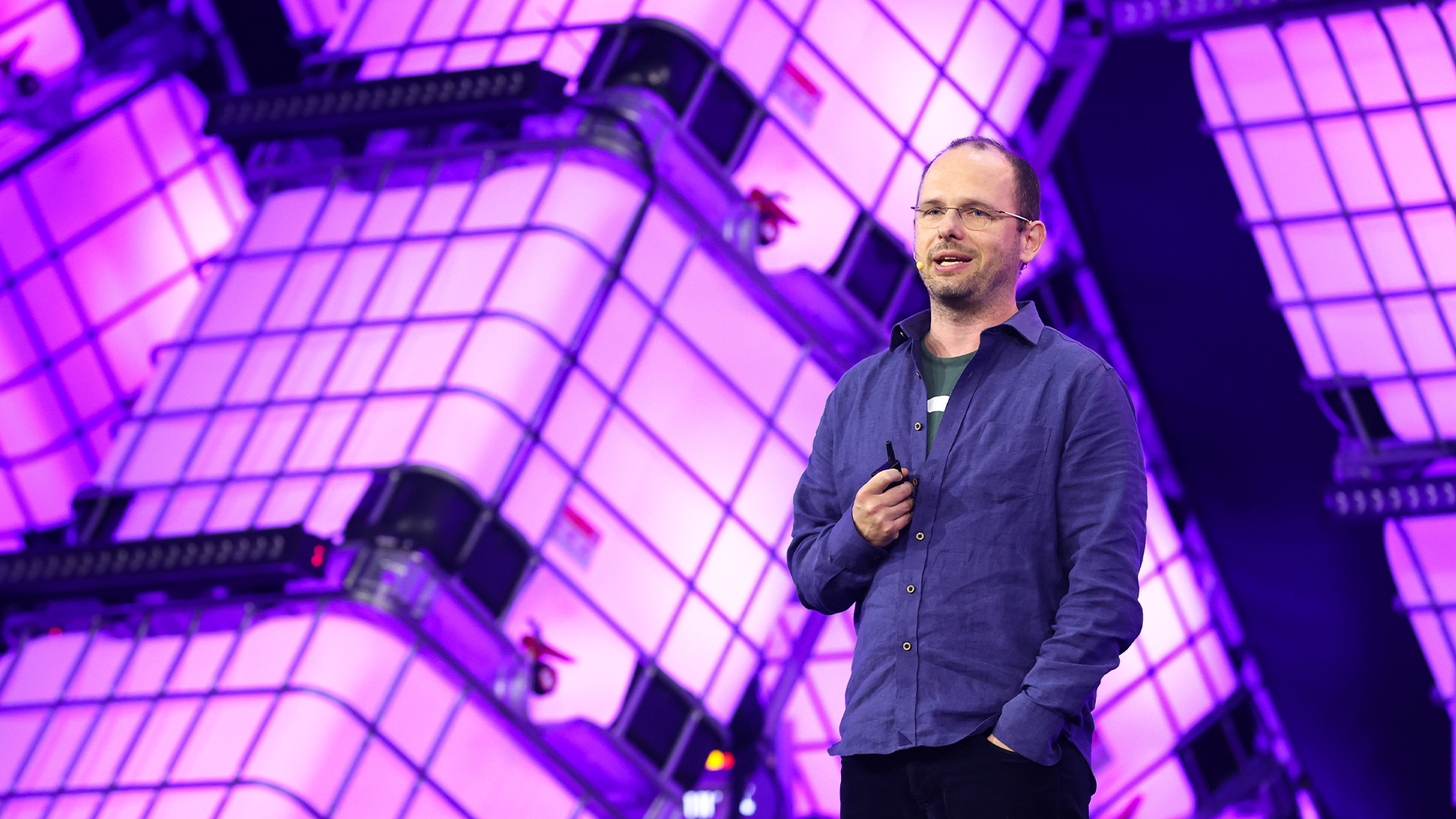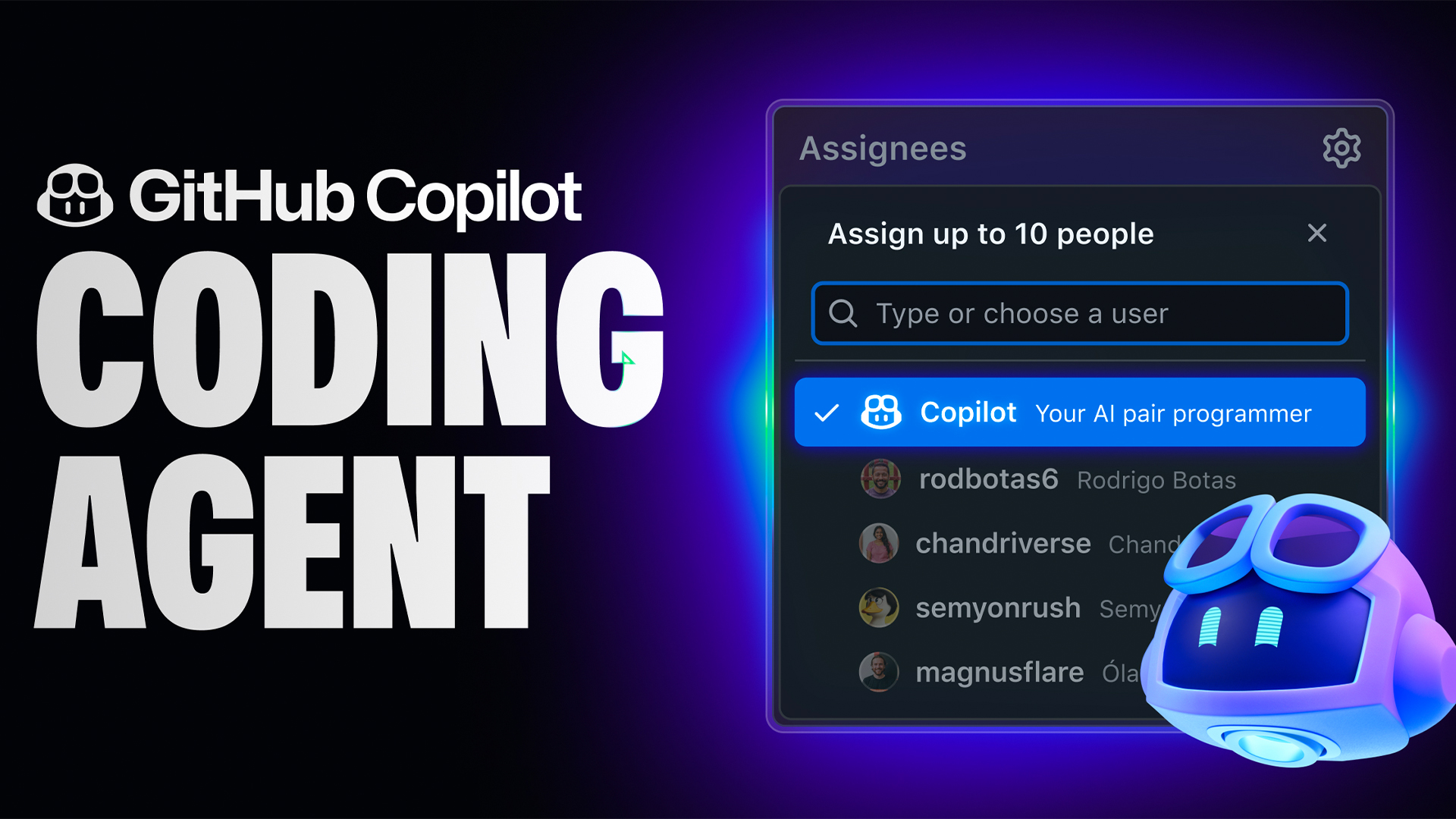Everything you need to know about GitHub Copilot Workspace
CEO Thomas Dohmke said GitHub Copilot Workspace represents a "radically new way of building software"


GitHub is building on the success of its existing Copilot offering with the release of a technical preview for ‘GitHub Copilot Workspace’, a comprehensive code development ecosystem built to aid developers.
In Copilot Workspace, developers are able to utilize generative AI to assist them in every stage of the development lifecycle, the company revealed, from brainstorming and ideation to planning, building, testing, and ultimately running code.
As with GitHub Copilot, all of these processes are performed in natural language, giving users a “task-centric experience” that leverages different Copilot agents throughout different development processes.
“We are reimagining the nature of the developer experience itself,” CEO of GitHub Thomas Dohmke said. “Copilot Workspace represents a radically new way of building software with natural language.”
The tool is designed to enhance developer creativity and not to replace it, Dohmke added, noting that the platform aims to “empower” experienced developers while simultaneously lowering barriers to entry for new coders.
Though the company shared a glimpse of this product at the GitHub Universe conference in 2023, GitHub now has a more concrete preview to share with the world, fit with demonstrable features and functions.
GitHub Copilot Workspace has developer workflow at its core
GitHub’s new workspace offering strives to be present at every stage in the development process, the company said, from the beginning of an idea to the finalization of a project.
Sign up today and you will receive a free copy of our Future Focus 2025 report - the leading guidance on AI, cybersecurity and other IT challenges as per 700+ senior executives
As such, Workspace claims to meet developers “right at the origin”, a GitHub Repository or a GitHub Issue, levering Copilot agents to assist developers in getting through the initial stages of development.
“For developers, the greatest barrier to entry is almost always at the beginning. Think of how often you hit a wall in the first steps of a big project, feature request, or even bug report, simply because you don’t know how to get started,” Dohmke said.
Copilot Workspace can then assist the user in creating a plan by leveraging its “deep” understanding of the codebase, providing a developer with the necessary tools to validate the plan and test the code.
The plan is created in natural language and is entirely editable, giving developers the option to make adjustments and check them within the workspace.
“All that’s left then is to file your pull request, run your GitHub Actions, security code scanning, and ask your team members for human code review,” Dohmke said.
Integration and collaboration are key to Workspace
GitHub places the focus of its offering on inter-team collaboration and user integration into the wider GitHub community.
Developers can, for example, collaboratively share workspaces with their team members through a link. Other members of the team can then analyze a developer's workflow as well as offer their own contributions or suggestions.
GitHub itself is also already a popular environment for developers, and the firm said it’s accelerating to a future where “one billion people on GitHub will control a machine just as easily as they ride a bicycle”.
RELATED WHITEPAPER

Copilot Workspace is therefore built into a huge and ever-growing community of existing developers, offering integration to those who want a seamless experience across both their AI code assistant and their developer community.
In a similar vein, Copilot Workspace is mobile-compatible, allowing developers an even further level of workflow integration.
“This is our mark on the future of the development environment: an intuitive, Copilot-powered infrastructure that makes it easier to get started, to learn, and ultimately to execute,” Dohmke said.

George Fitzmaurice is a former Staff Writer at ITPro and ChannelPro, with a particular interest in AI regulation, data legislation, and market development. After graduating from the University of Oxford with a degree in English Language and Literature, he undertook an internship at the New Statesman before starting at ITPro. Outside of the office, George is both an aspiring musician and an avid reader.
-
 Cyber resilience in the UK: learning to take the punches
Cyber resilience in the UK: learning to take the punchesColumn UK law now puts resilience at the centre of cybersecurity strategies – but is legislation simply catching up with enterprise understanding that resilience is more than just an IT issue?
-
 CISPE claims European Commission gave Broadcom a ‘blank cheque to raise prices, lock-in, and squeeze customers’ with VMware deal
CISPE claims European Commission gave Broadcom a ‘blank cheque to raise prices, lock-in, and squeeze customers’ with VMware dealNews Cloud providers have issued a formal response to the General Court of the European Union after the Commission defended its approval of the deal
-
 GitHub is scrapping some Claude, OpenAI, and Gemini models in Copilot – here's what you need to know and what alternatives are available
GitHub is scrapping some Claude, OpenAI, and Gemini models in Copilot – here's what you need to know and what alternatives are availableNews GitHub Copilot users are urged to switch to the newer models following the retirement cut-off
-
 UK government programmers trialed AI coding assistants from Microsoft, GitHub, and Google – here's what they found
UK government programmers trialed AI coding assistants from Microsoft, GitHub, and Google – here's what they foundNews Developers participating in a trial of AI coding tools from Google, Microsoft, and GitHub reported big time savings, with 58% saying they now couldn't work without them.
-
 GitHub just launched a new 'mission control center' for developers to delegate tasks to AI coding agents
GitHub just launched a new 'mission control center' for developers to delegate tasks to AI coding agentsNews The new pop-up tool from GitHub means developers need not "break their flow" to hand tasks to AI agents
-
 What Thomas Dohmke’s departure means for GitHub
What Thomas Dohmke’s departure means for GitHubNews Thomas Dohmke won't be replaced as CEO at GitHub, with remaining company execs reporting directly to Microsoft's CoreAI division.
-
 GitHub CEO Thomas Dohmke thinks there’s still a place for junior developers in the age of AI
GitHub CEO Thomas Dohmke thinks there’s still a place for junior developers in the age of AINews GitHub CEO Thomas Dohmke believes junior developers still play a crucial role in the hierarchy of software development teams, and AI won't change that any time soon.
-
 ‘Made the Pro plan worse’: GitHub just announced new pricing changes for its Copilot service – and developers aren’t happy
‘Made the Pro plan worse’: GitHub just announced new pricing changes for its Copilot service – and developers aren’t happyNews GitHub has announced new pricing changes for its AI Copilot service in a move that's sparked backlash among developers.
-
 GitHub just unveiled a new AI coding agent for Copilot – and it’s available now
GitHub just unveiled a new AI coding agent for Copilot – and it’s available nowNews GitHub has unveiled the launch of a new AI coding agent for its Copilot service.
-
 ‘Developers will need to adapt’: Microsoft CEO Satya Nadella joins Google’s Sundar Pichai in revealing the scale of AI-generated code at the tech giants – and it’s a stark warning for software developers
‘Developers will need to adapt’: Microsoft CEO Satya Nadella joins Google’s Sundar Pichai in revealing the scale of AI-generated code at the tech giants – and it’s a stark warning for software developersNews Microsoft CEO Satya Nadella is the latest big tech figure to reveal the scale of AI-generated code at the tech giant, prompting more questions about the future of software development.